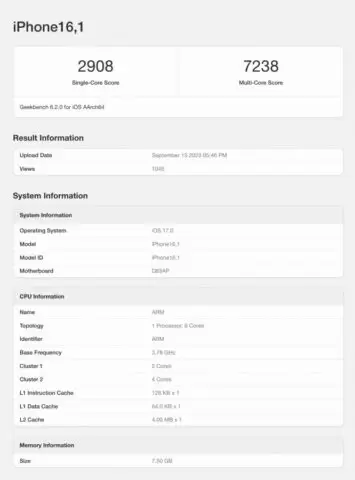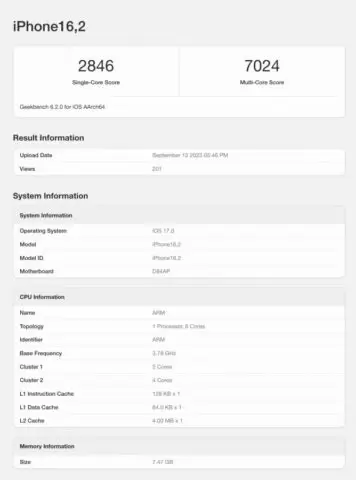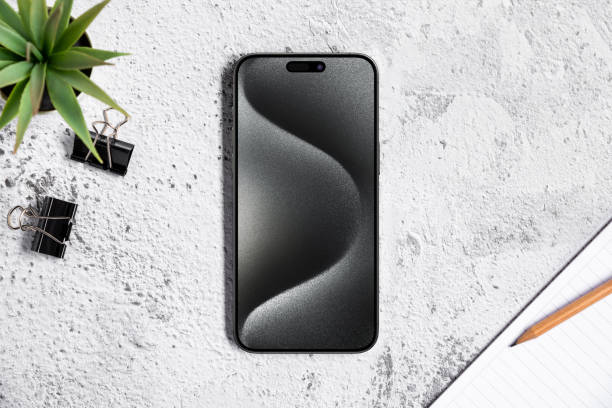Apple’s much-anticipated iPhone 15 Series has made its debut, featuring two flagship models, the iPhone 15 Pro and iPhone 15 Pro Max, both powered by the cutting-edge Apple Bionic A17 System on Chip (SoC). Apple’s marketing pitch promised a modest 10% performance boost compared to its predecessor, the A16. However, recent leaks of benchmark results from the Geekbench application paint a different picture.
A Peek at the Apple Bionic A17 SoC
In a surprising twist, benchmark scores for the Apple Bionic A17 SoC have emerged, thanks to the Geekbench application. These benchmarks reveal clock speeds reaching up to 3.78 GHz, accompanied by a configuration featuring 6 high-performance cores and 2 efficient cores. These figures set the A17 apart from its mobile SoC counterparts.
Performance Falls Short of Apple’s Claims
Delving into the specifics of the benchmark results, the iPhone 15 Pro, codenamed iPhone 16,1, recorded a single-core score of 2908 points and a multi-core score of 7238 points. Meanwhile, its sibling, the iPhone 15 Pro Max (iPhone 16,2), achieved a slightly lower single-core score of 2846 points and a multi-core score of 7024 points, indicating a marginal dip in performance compared to the standard Pro model.
Comparing these scores with the iPhone 14 Pro, which utilized the Bionic A16 SoC, reveals a noteworthy performance leap. The iPhone 14 Pro managed approximately 2500 points for single-core and 6400 points for multi-core tasks. When averaging the benchmark comparisons, the highest-scoring iPhone 15 Pro model showcases an impressive 16% improvement in single-core performance and a commendable 13% enhancement in multi-core performance over its predecessor.


These benchmark results undoubtedly bring a smile to the faces of iPhone 15 Pro series users, as they surpass Apple’s initial performance claims and demonstrate significant strides in the world of mobile computing.

